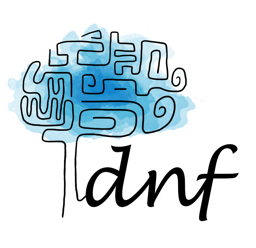Serotonergic neurons are grouped at the midline of the brainstem, forming two groups of nuclei. The rostral group projects into the forebrain while the caudal group projects into the brainstem and spinal cord. The rostral nuclei, the dorsal raphe and the median raphe bear two distinct types of axon terminals; thin varicose and large varicose terminals, respectively. The latter ones form basket terminals selectively surrounding the cell body and an initial segment of dendrites of a subpopulation of interneurons expressing calbindin. Furthermore, contrary to the small varicose fibers, large serotonergic varicosities form large synaptic contacts on subpopulations of interneurons in the upper layers of the cat cerebral cortex, representing up to half of the total number of synaptic contacts on the soma and proximal dendrites of the neurons. In organotypic co-cultures, dorsal raphe neurons re-innervate the cerebral cortex with small varicose fibers, while median raphe neurons form large varicose fibers. Both have laminar distribution similar to that observed in vivo. Thus, there are specific signals guiding the selective innervation of the cortical targets of these two serotonergic projections.
Legend: 3D-reconstruction of the serotonergic raphe nuclei across the human brain stem. From rostral to caudal : green=central linearis n., light green=dorsal raphe n., white=median raphe n., gray=raphe magnus n., red=raphe obscurus n., white=raphe pallidus n., olive=medullary reticular formation


